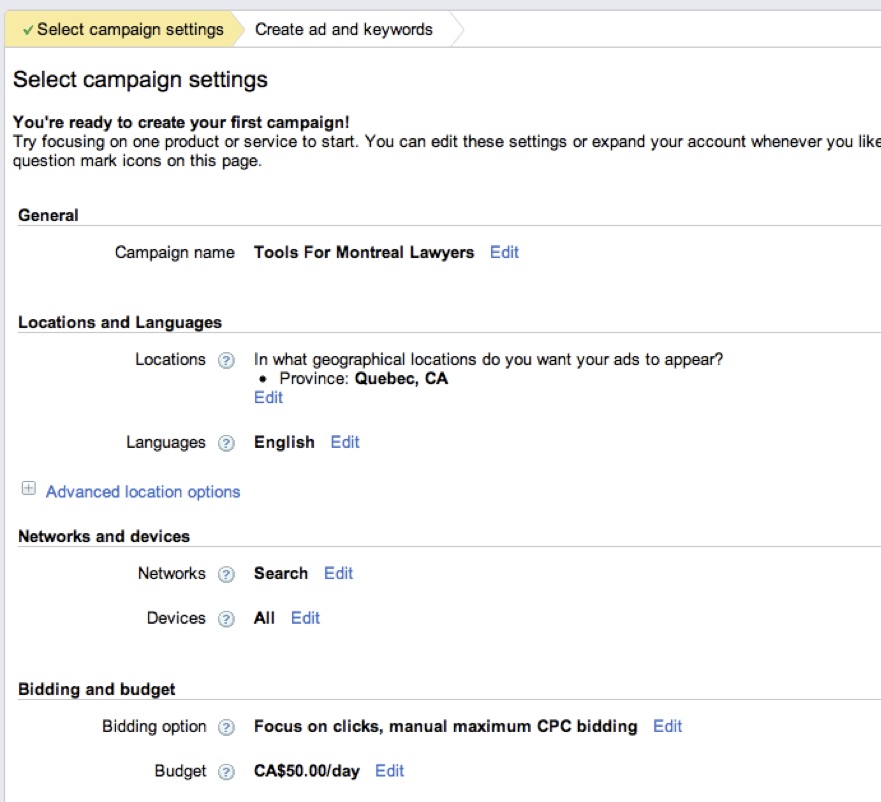Finding people to talk to
When High Score House joined Year One Labs, we didn’t let them code for a month.
The story of how they found their target market is fascinating. It underscores one of the basic tenets of Lean: get out of your building and actually talk to people.
The modern world isn’t inclined to physical interaction. We have dozens of ways to engage people at a distance, and when you’re trying to find a need, they’re mostly bad. Unless you’re face-to-face with prospects, you won’t see the flinches, the subtle body language, and the little gasps and shrugs that mean the difference between a real problem and a waste of everyone’s time.
That doesn’t mean technology is bad, however. On the contrary, we have a set of tools for finding prospects that would have seemed like superpowers to our predecessors. Before you get the hell out of the office, you need to find people to talk with. If you can find these people efficiently, that bodes well: it means that, if they’re receptive to your idea, you can find more like them and build your customer base.
Here are some dumb, obvious, why-didn’t-I-think-of-that ways to find people to talk with, send surveys to, and grow your mailing lists and outreach efforts.
Twitter’s advanced search
For startups, Twitter is a goldmine. Its asymmetric nature—I can follow you, but you don’t have to follow me back—and relatively unwalled garden means people expect interactions. And we’re vain. If you mention someone, they’ll come find out what you said and who you are. Provided you don’t abuse this privilege, it’s a great way to find people.
Let’s say you’re building a product for lawyers and want to talk to people nearby. Put keywords and location information into Twitter’s advanced search:
Right away, you’ll get a list of organizations and people who might qualify:
Now, if you’re careful, you can reach out to them. Don’t spam them; get to know them a bit, see where they live and what they say, and when they mention something relevant—or when you feel comfortable doing so—speak up. Just mention them by name, invite them to take a survey, and so on.
Another huge boon to startups everywhere is LinkedIn. You can access a tremendous amount of demographic data through your searches:
You don’t need to connect to these people, because you can just find their names and numbers, look up their firms’ phone numbers, and start dialing. But if you do have a friend in common, you’ll find that a warm intro works wonders.
Facebook is a bit more risky, since it’s a reciprocal relationship (they have to friend you back.) But you’ll get a sense of the size of a market from your search results alone, and you might find useful groups to join and invite to take a test or meet for a focus group discussion.
Adwords
Google makes it really easy to target campaigns. If you want to promote a survey or signup somehow, you can do so with remarkable precision. In the first step of setting up an Adwords campaign, you get to specify the location, language, and other information that targets the ad:
Once you’ve done that, you can create your message. This is an excellent way to try out different taglines and approaches: even the ones that don’t get clicks show you something, because you know what not to say. Try different appeals to basic emotions: fear, greed, love, wealth, and so on. Learn which gets people clicking, and which keeps them around long enough to fill out a survey or send an email.
Some of this stuff seems blindingly obvious. But a little preparation before you get out of the office—physically or virtually—can make all the difference, giving you better data sooner, and validating or repudiating business assumptions in days instead of weeks.





